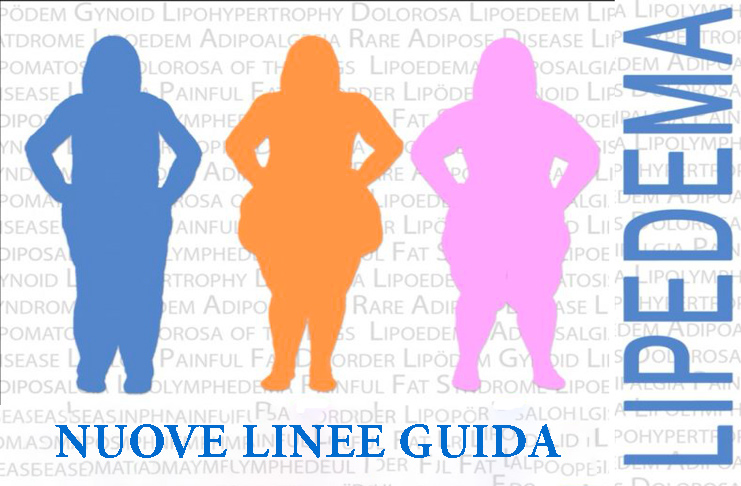Simple, schematic, concrete and extremely clear and punctual (as typical of the Anglo-Saxon spirit), the US guidelines on Lipedema have finally been completed and we consider them very favorably and very useful in our daily professional practice.
In particular, some data (which were known but in this document are very well highlighted) are impressive. Among these:
- The emphasis on the hereditary and genetic nature of the problem (our very recent article on the discovery of the first gene – AKR1C1 – responsible, if mutated, for the familial pathology is also cited in the bibliography)
About 10 million US women suffer from the disease (in children it is common for 6-6.5%). - Confirmation that traditional low-calorie diet, exercise, and bariatric surgery do not solve the clinical problem
- The proscription of diuretic therapy
- The positive use of metformin, especially in subjects with insulin resistance confirmed by laboratory investigations
- The need for vitamin D monitoring (often lacking in these subjects)
- The importance of combined physical treatment both in the containment of the disease and in the regression of the main symptoms (first of all pain). It is also confirmed the need to entrust the patient to teams of health workers culturally and practically well prepared.
- The evidence shows that, depending on the clinical case, two are the techniques of liposuction (among the many currently used) that are recommended, after a careful selection of patients who are candidates for the procedure: WAL (Water Assisted Liposuction) and PAL (Power Assisted Liposuction).

This is a clear and useful document that will surely soon become an important reference point for patients, healthcare professionals and healthcare institutions.
We are especially grateful to Professor Herbst (coordinator of the work) for her continuous effort, always careful and correct, in the battle against Lipedema.
Dr. Sandro Michelini
Linee guida Lipedema USA



